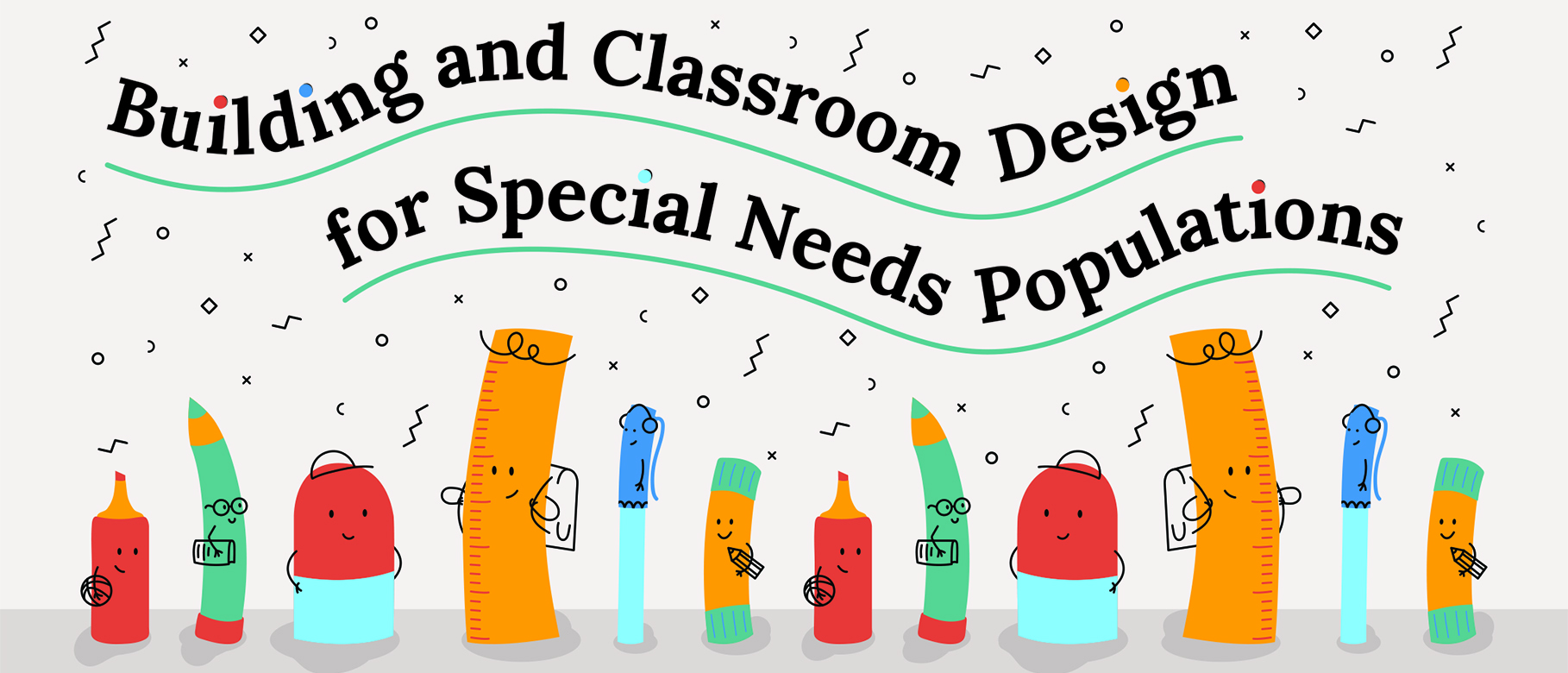Building and Classroom Design for Special Needs Populations
March 22, 2024
Educational institutions are acutely aware of the impact of classroom design on special needs populations. They know that “being excluded from culturally valued, integrated settings can be considered a bridge to nowhere, or perhaps a bridge to the wrong destination” and don’t want this fate for their students (Thompson 28).
The importance of responsive design cannot be overstated. By analyzing survey data and researching best practices, architects who collaborate with educators can identify and challenge these biases, work to create spaces that address the unique needs of the special education population, and share with school administration how to implement Universal Design in classrooms and buildings.
Building Layouts and Classroom Adjacencies in Classroom Design Can Support Special Needs Students
Being purposeful with the layout of classrooms, common spaces, and building service locations throughout a school building creates adjacencies that will benefit students and educators.
“The transition between spaces is as important as the destination itself. A smooth transition provides a positive experience for students to succeed and is a fundamental design goal.”
Chris Linkey, RLPS Partner
For the purposes of this analysis, RLPS conducted a survey with 45 special education teachers to elicit qualitative data that can be used to identify best practices for classroom design. To learn more about how to better serve the special needs population in your district through better building and classroom design, download the Whitepaper via the form below.